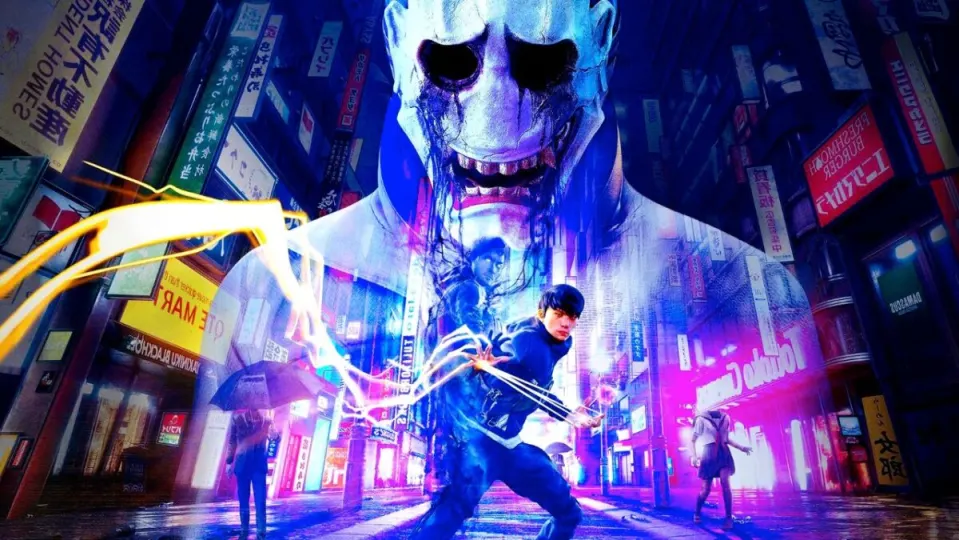This Ghostwire: Tokyo review has everything you need from story background to combat mechanics to how it performs on console vs. PC. The game features a very unique world plagued by Japanese Yokai or spirits from Japanese folklore. Human people have vanished, replaced with these often unnerving creatures.
Developer Tango Gameworks gained traction with its series The Evil Within beginning in 2014. Since the team has not released anything from 2017, fans of the studio were eager to pick up their latest release which also comes backed by publisher Bethesda Softworks. Fans know of Bethesda for several high-profile franchises such as Elder Scrolls and Fallout. These single-player RPG experiences appeal to players thanks to their incredible world-building and usually long play-times.
While Ghostwire: Tokyo carries a shorter run-time, the lore of the world is just as deep and engaging. Now let’s dive into the spooky realm full of spirits for a full Ghostwire: Tokyo review.

Ghostwire: Tokyo background
The Evil Within carries a very somber and eerie tone with the main character investigating a mass murder at a mental hospital. Game director Shinji Mikami stated that he had wanted to create a survival horror game that focused more on survival than action with that series. In contrast, Ghostwire: Tokyo features more action as it is an action-adventure game that uses horror elements.
Doom veteran Shinichirō Hara helped develop the game’s combat using inspiration from martial arts like Kuji-kiri. Recent smash Sifu also drew combat inspiration from real-world martial arts, too. This lends the combat an intuitive, natural feel where the hands feel like “organic extensions of the character” as Hara said.
Setting and tone
Set in a ghostly Shibuya City, this game juxtaposes the neon lights of a bustling Japanese city against the spine-shuddering visuals of eerie Japanese-inspired spirits. The main character, Akito, must discover what has transpired after a thick fog causes any who touched it to vanish. The clothes of those who disappear litter the ground while different Visitors assault Akito.
Curiously, a ghost and seeming spirit detective by the name of KK seems to have possessed Akito. This gives him the power to dispel the Yokai-themed Visitors – all based on various Japanese urban legends – and learn why all of this has happened.
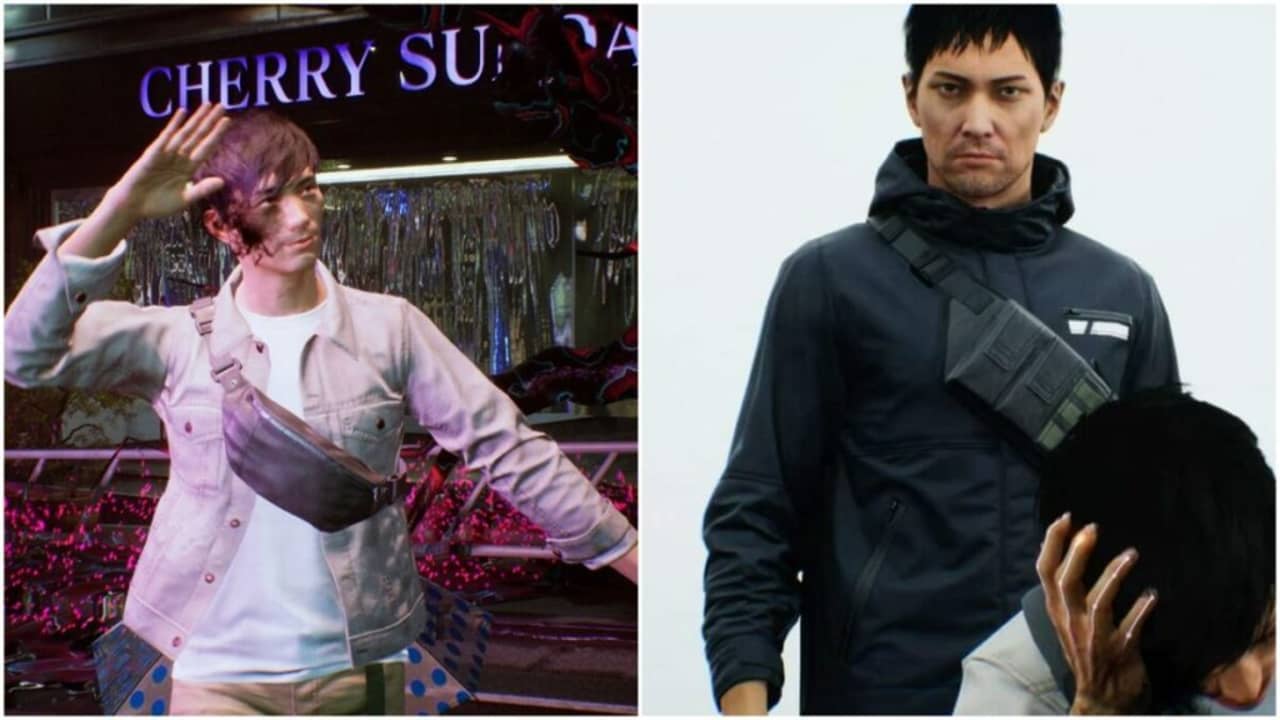
Story
While Akito just wants to find his sister, KK seeks out the Hannya mask-wearing group that seems to be behind the disappearance of everyone. Pro-tip: Hannya masks are traditionally used in Japanese Noh theatre to represent jealous female demons or “hungry ghosts”. The story unfolds as the two battle for control over Akito’s body, fighting through hoards of Visitors, and tracking the Hannya.
Clearing Torii gates throughout Shibuya city clears fog to reveal new areas, leading Akito and KK closer to the final enemy. However, along the way, the regrets these characters share regarding life choices come to the light. As a result, family features heavily as a running theme in Ghostwire: Tokyo
How long to beat Ghostwire: Tokyo
The game is still rather new, so not everyone has discovered all it has to offer as of yet. However, the developers gave players a guide as to how long it takes to beat Ghostwire: Tokyo.
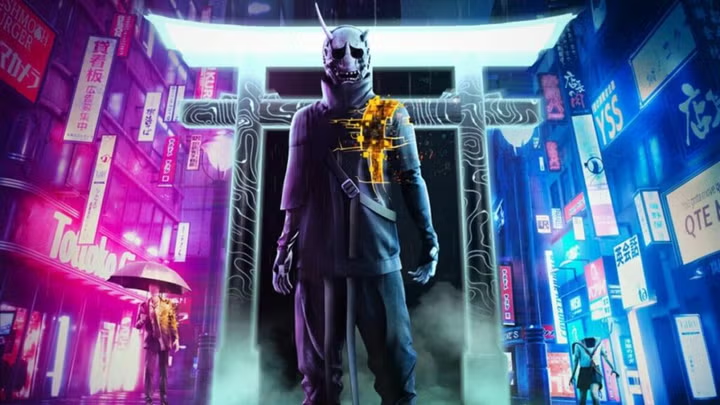
- Main missions: ~15 hours
- Main missions with side quests: ~30 – 40 hours
Ghostwire: Tokyo performance
All games released for next-gen consoles tend to deliver stunning graphics. However, better graphics means they also have higher technical requirements. This rings true in this Ghostwire: Tokyo review, as well. If your PC falls below the minimum required specifications from the developers, here are a few tips to help the game run better:
- Install it on an SSD (solid state drive) for more consistent and faster reading and writing of data.
- Play on lower graphics settings.
- Upgrade your hardware such as a new CPU or GPU.
- Install more RAM to better help your computer run multiple processes.
PC vs. PlayStation 5
As with many recent games, Ghostwire: Tokyo was only released on PlayStation 5 vs. PlayStation 4 or even Xbox. This could be due to the demanding graphical requirements of the game as it offers six options on PS5 alone. PC gamers can look forward to DLSS and ray tracing support along with support for ultrawide displays.
As for which experience you might prefer, high-end PCs will offer a crisper experience, but lower-end PCs with older graphics cards or processors may struggle a bit. Whereas, PS5 players will enjoy top-notch graphics in any mode.
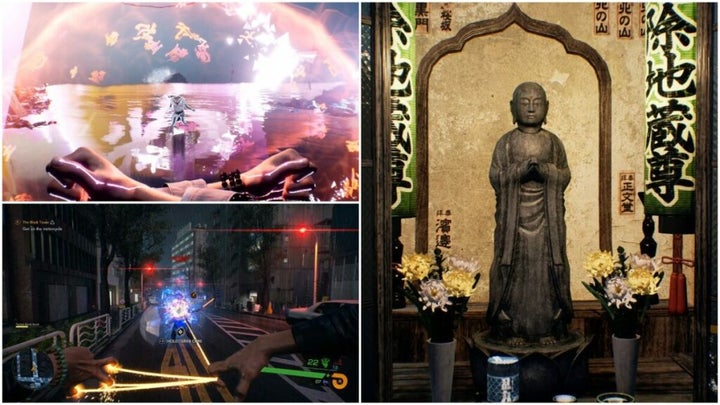
Ghostwire: Tokyo gameplay and functions
Battling against Visitors, the Faceless, and even the Masked Occultist himself requires combat savvy and powered-up skills. Ghostwire: Tokyo delivers these well with an intuitive UI that is relatively uncluttered.
The combat features real-world inspired movements while the first-person perspective puts players right in the action. Let’s break down some of the best Ghostwire: Tokyo skills, important items, quests, and more.

UI and interface
The in-game menu and UI are decently intuitive and familiar. The tabs are very familiar offering a Mission journal, map, skill tree, database of information, and inventory.
The skill tree illustrates skills and describes them well. Players can also view their outfits and buildout in the “Inventory” tab to check their drip.
During combat, the UI remains decently minimal with a minimap in the lower-left corner and a health gauge on the bottom right. Subtitles and prompts will appear in the bottom center of the screen.

Combat mechanics and Skills
The first-person game features a “Karate meets magic” approach to combat design with Ethereal Weaving. Players can watch their players execute skills via various hand movements and motions. These feel especially visceral and satisfying as you watch Akito rip out enemy cores to destroy them.
The game employs several different elemental attacks that use “Ether” to power them. But Akito only has limited ammo or SP (powers special abilities) for each attack. He does also have a Bow weapon and can upgrade all kinds of Ghost abilities and skills. He can also block using the Tatenui ability – something that becomes crucial in the game as it grants you Ether upon use.
Ghostwire: Tokyo seems to incentivize using stealth above all else as you can highlight enemies, purge them silently, and remain undetected in an area. It rings very similar to some Assassin’s Creed games where staying in stealth mode is much better than “going loud”. Using skills like “Faster Sneaking” and gear for Stealth only make it more overpowered.
Ghostwire: Tokyo important items:
- Phone booths: used to release and save spirits
- Jizo statues: used to upgrade elemental ammo capacity
- Golden Ether crystals: grant Akito Meika — the game’s currency
- Red Ether crystals: these explode when you shatter then, dealing damage to you and nearby enemies
- Ether: the power behind Akito and KK’s attacks. You can find more by destroying corrupted objects highlighted by your “Spectral Vision” pulse
- Katashiro: small paper idols used to absorb spirits
- Shrines: drawing paper fortunes called “omikuji” can grant Akito certain buffs or debuffs based on luck
What you need to know about Ghostwire: Tokyo Combat:
- Wind attacks: swift attacks using weaker projectiles with more ammo available
- Water attacks: lower ammo quantity and damage with a wider attack area
- Fire attacks: low ammo capacity with slow dispersal rate. However, it has incredibly useful offensive attacks including the “Big Fireball Grenade” that acts like how a shotgun would in a game like Doom
- Talismans: these provide varying boons such as stunning enemies, summoning bushes to hide in, and other useful boons
- Bow: a traditional bow with arrows for ammo
- Strike Attack: attack enemies without using SP
- Quick Purge: lets Akito stealth kill an enemy or deal heavy damage to it without being noticed
- Tatenui: a skill that lets you block attacks and grants Ether on use
- Spectral Vision: lets Akito locate objects like collectibles, animals, points of interest, spirits, enemies, and more
- Stealth kills: keep you hidden in densely populated enemy areas
- Finishers: how Akito and KK rip out enemy cores
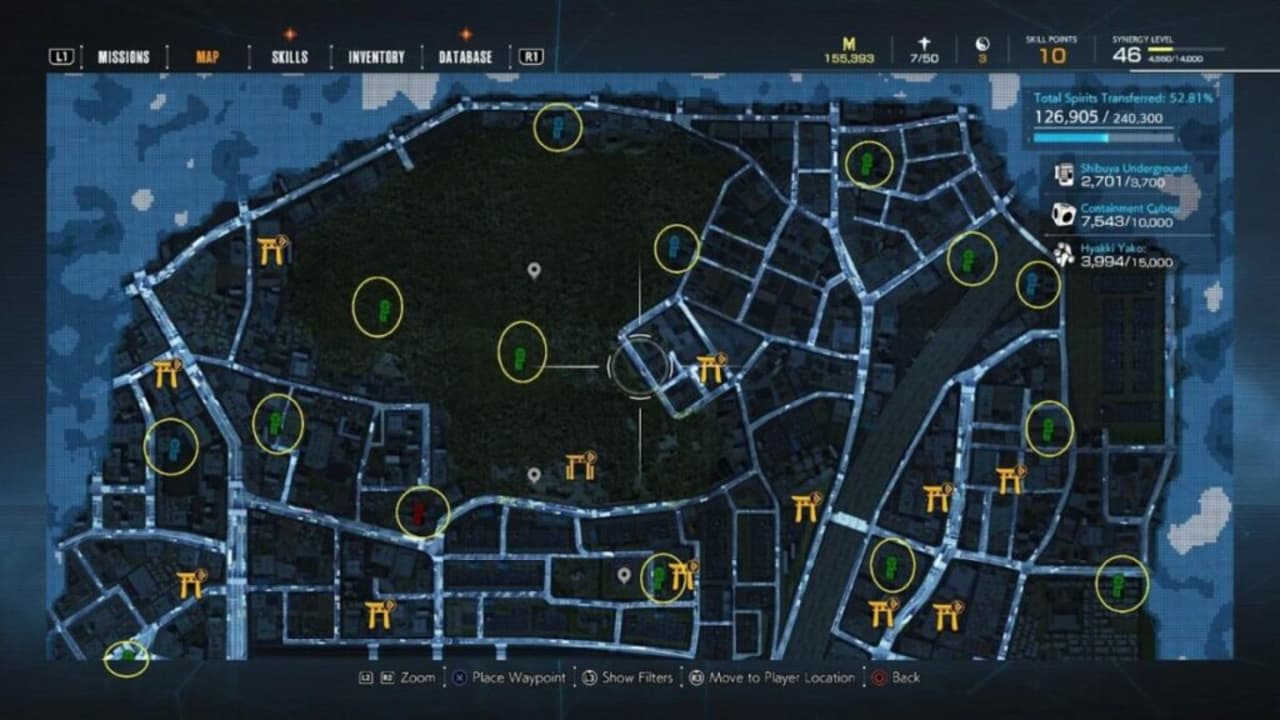
Quests and gameplay
Players looking for a grand, epic ending will be disappointed by the ultimate bad guy in Ghostwire: Tokyo. Though the many Visitors are unsettling and somewhat challenging, the Hunnya leader just wants to absorb souls for power. But this kind of straightforward approach to character motivations can be seen throughout the game.
Many of the quests for the Yokai involve fetching things including toilet paper – yes, toilet paper. One unfortunate spirit is having a very tough time in a bathroom stall. But juxtaposing these kinds of simple, mundane tasks against stopping the Hunnya leader from absorbing souls feels unbalanced.
Though many of the game’s most intriguing details are found in the side missions, the game does not incentivize completing them from a lore perspective.

Ghostwire: Tokyo visuals, sound, and enemy design
As players saw The Evil Within games, Tangoworks created atmospheric gameplay that seriously freaks you out. Everything from the weather to the creaking of the floor beneath your feet and light blinking on a street corner feels lovingly crafted and intentional.
Though parts of the world feels a bit procedural in Ghostwire: Tokyo, the scale of the game is large and the city feels lived-in. The fog that Akito must clear grants an extra aura of eeriness while the Visitors’ unsettling designs make for constant anxiety. The uncanny resemblance to humans with just something slightly off never ceases to send shivers up your spine.
Sound design
Ghostwire: Tokyo is not a shooter, but it still kind of feels like one when it comes to sound design. Akito’s abilities “fire off”, making sounds as they charge up, disperse, and then explode or impact. The ability to interact with the environment also adds to this similarity.
But what really sticks out in Ghostwire: Tokyo from a sound design perspective is the remnants of a once vibrant Tokyo city. Akito can hear music blasting from stores as he walks through the city despite there being no one around. He can hear the buzzing of streetlights or the rushing of water at a shrine.
Then, of course, there’s the unholy whispers or shrieks from various Yokai. When wearing headphones, this makes for an especially spooky experience. The only disappointment has to be the voices of the benevolent spirits that Akito can assist. The pitched voices don’t do much to add to the atmosphere and also feel a bit cliche in comparison to everything else.
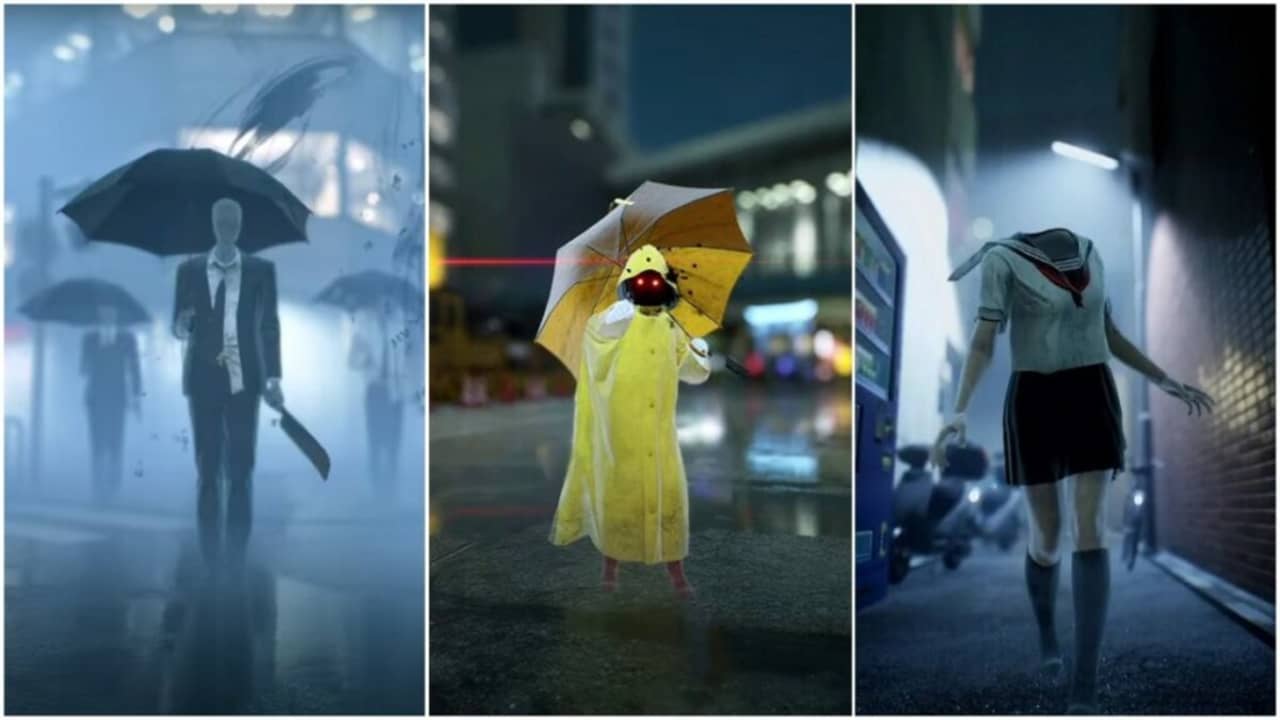
Enemy and character design
Given that the game takes place in one of the busiest places in Japan, the enemies mirror those very humans who disappeared. Many of them will wear school uniforms or business attire. What’s more: all of these enemies have unique combat abilities and approaches.
For instance, enemies that have umbrellas will use them as shields while headless schoolgirls will perform rush attacks. Deciding how to navigate fights with multiple types of enemies requires knowing their preferred attack methods. Players can tell how close a spirit is to death by how damaged they look — enemies look more damaged as you successfully attack them.
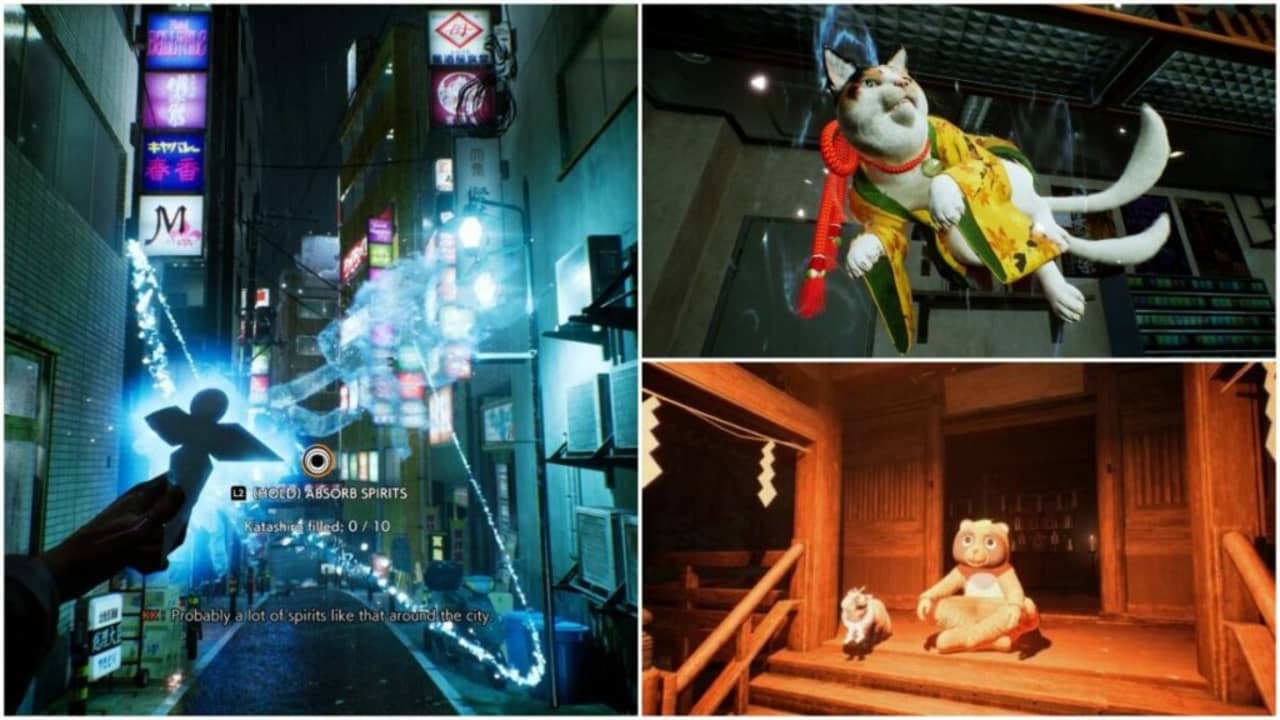
Non-violent spirits
Once discovered, all Yokai remain marked on the map – including floating merchant cats. But Akito and KK will also encounter non-violent spirits that can grant quests.
Though the Visitors are animated distinctly (like the sentient umbrella), the spirits you help are typically spectral outlines that fade in and out of existence. These characters also feature weirdly pitched voices to drive home the point that they are “not of this world”. Although consistent, these spirits stick out as a bit of a letdown in comparison to other Yokai in the game.
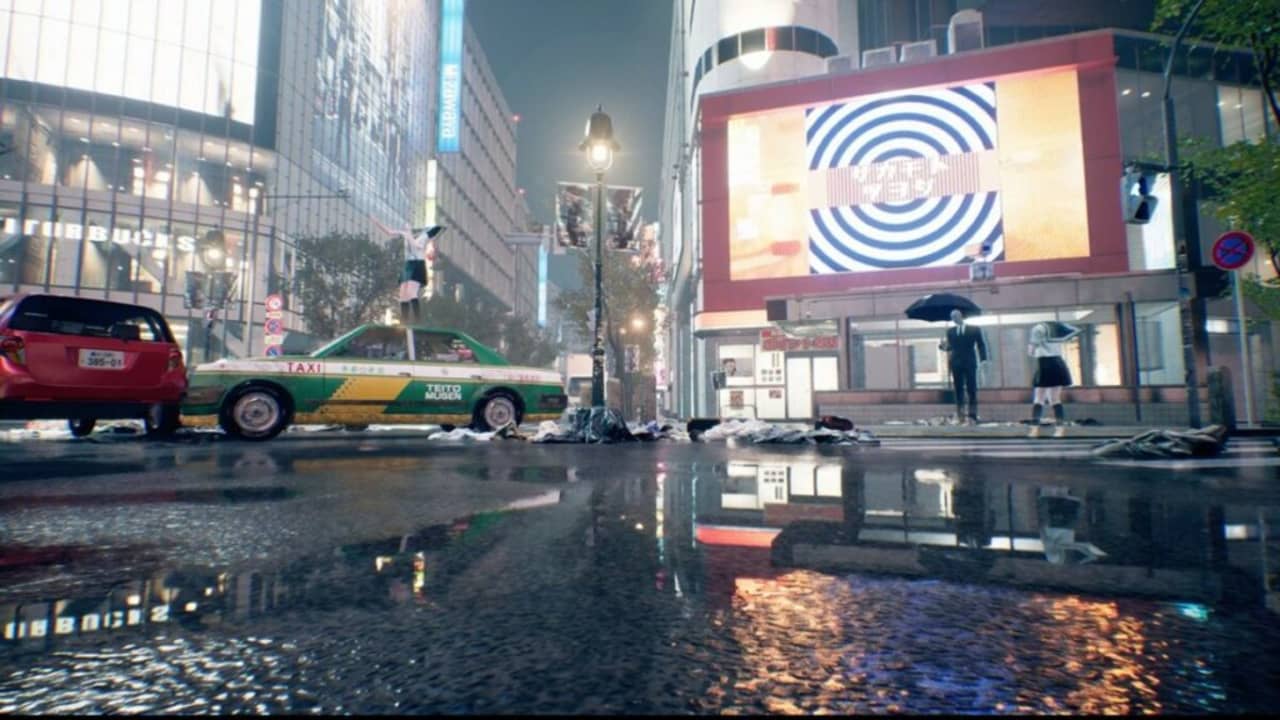
World design
The world never seems quite real in Ghostwire: Tokyo. Street signs will begin to float above the pavement. Doors will grow or shrink in size or even lead to a different place altogether than what they showed you before walking in. These touches, along with the grim and foggy atmosphere, go a very long way in creating the mood for the game.
But the game does more than establish an eerie mood and incredibly immersive recreation of Tokyo. It plays with the verticality of the city – requiring Akito to visit building rooftops regularly. There is a “Glide” mechanic that lets Akito float in the air momentarily, but Tengu Spirits are your best bet to get to rooftops.
Tanuki hunt, collectibles, and more
Rely on the ability of “Spectral Vision” to find collectibles. This pulse highlights everything worth checking out in an area such as collectibles, single-use items, Ether, and more.
There are tons and tons of things to discover, so exploring really pays off.

Ghostwire: Tokyo review: verdict and wrap-up
Overall, Ghostwire: Tokyo offers a solid, immersive experience with consistent gameplay mechanics and unique character designs. The game’s graphics are beautiful, rendering Shibuya City and other parts of Tokyo in lovely if unnerving elegance. For players who love collectible hunting or Japanese culture, it offers an especially fun experience.
But the game is at its best when it leads you through segments in an almost fatalistic manner. Though Akito and KK don’t know why the Hannya are doing this, they unravel their own inner turmoil as they discover why. It’s those interactions and the various spirits they encounter and help or dispel that make Ghostwire: Tokyo worth picking up. The game officially launches on March 25, 2022; pre-orders yours today!
Pros
- Engaging combat with real-world influences
- Enticing stealth mechanics
- Incredibly unique character designs based on Japanese urban legends
- Immersive recreation of Shibuya and many other aspects of Japanese culture and infrastructure
- Open-world feels alive and lived-in (despite the mass disappearance of humans)
- Bizarre visual features and environmental effects that enhance the atmosphere
- Consistent combat mechanics
Cons
- A bit formulaic at first before more unique enemies appear in combat
- Enemy AI can be very rudimentary at times, making it easier to take them out without much dexterity or difficulty
- Focus on stealth may not be for everyone
- Perfunctory-feeling sidequests at times
- Muddled motivation for the final boss results in a somewhat hollow ending
- Developer: Tango Gameworks
- Publisher: Bethesda Softworks
- Game Modes: Single-player
- Game Engine: Unreal Engine 4
